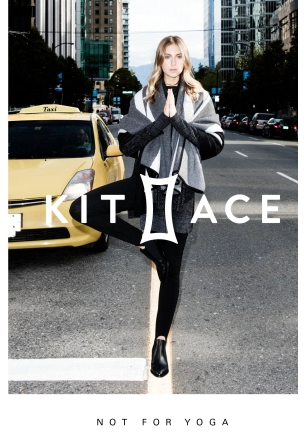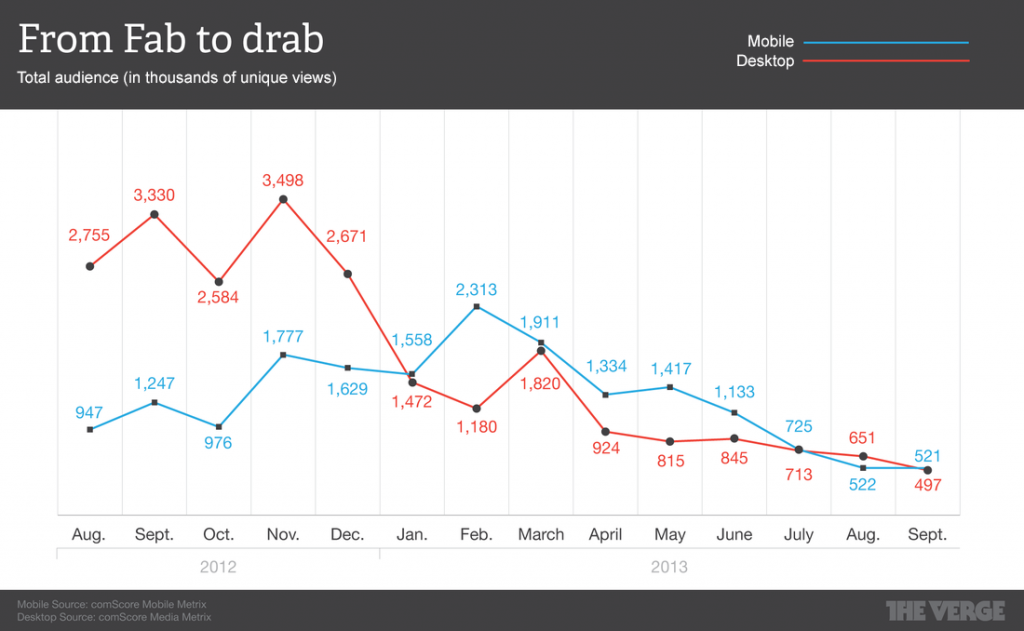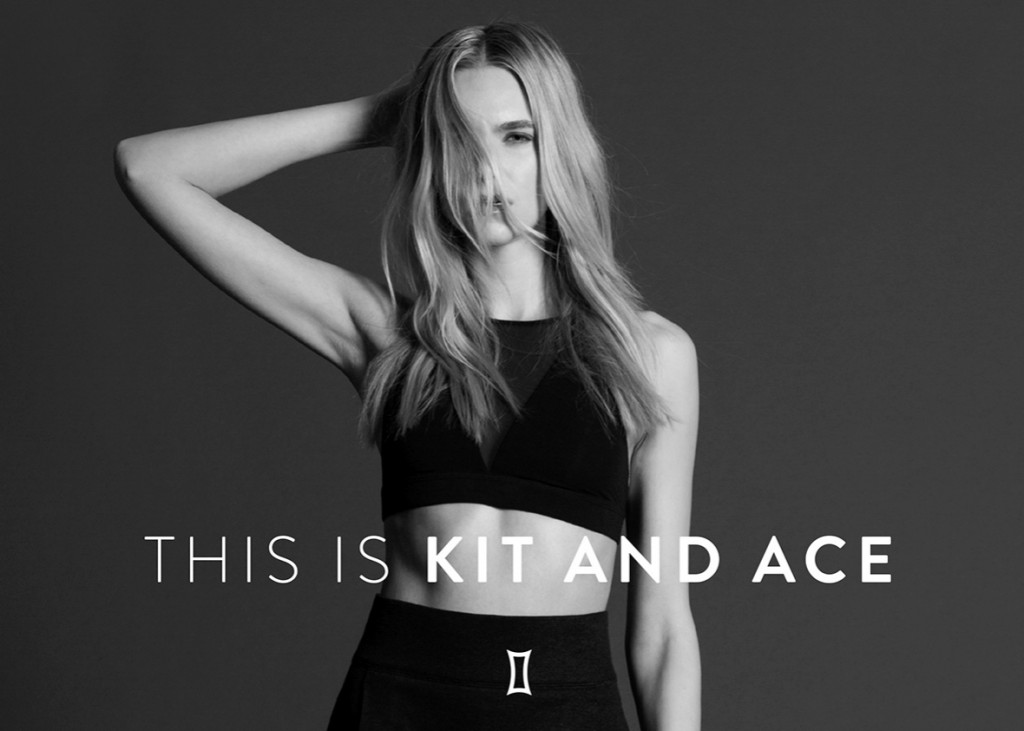Some brands fade away while others make their mark. Remember Von Dutch?

It takes time to build a brand. To be more precise, marketing researchers say it takes at least two years. And according to customer engagement firm SDL, it’s closer to 5 years until consumers have a truly meaningful relationship with a brand. Somewhere along this timeline loyalists go from being aware a brand exists, to routinely spending more of their money on it than any others.
Meet Kit and Ace
The fashion company is named after it’s fictitious muses; the athletic Kit and her counterpart surfer dude, Ace. Leading the company is Shannon and JJ Wilson — the wife and son of Lululemon founder Chip. The success of Lululemon, now worth well over $10 billion, certainly provides a more than adequate base to build another powerful brand.
Still yet, less than two years into it’s life Kit and Ace already have 62 retail outlets. And it’s rumoured to be doubling that in 2016 alone.
Building brands that last, typically require employees to stick around to help realise the brand vision. A quick search on Glassdoor brings up less than thrilling results for the label (3.3 stars out of 5). And if Lululemon is anything to go by, Kit and Ace have several snafus to avoid. Its bigger sister has had product recalls and quality issues, overpriced merchandise, artificially inflating stock prices, accusations of fraud, false advertising and controversial statements made by the founder. Lets not forget the marketing efforts that excluded overweight customers.

Lululemon has also been notorious for drinking the Kool-Aid from Landmark Forum and integrating several principles into its company culture. While this works out great for some, it alienates others. A former employee at Kit & Ace explains they had some excellent talent and people, the question remains will they stick around.
And remember American Apparel? During their heyday in the 2000’s they were known for their sexualized ad campaigns, sweatshop free garments made in Downtown LA and controversial CEO. The brand foundation was not build to last. This past October they filed for Chapter 11 protection and are currently in the midst of a takeover bid.
Urban Outfitters too failed to grow up commensurate with the Generation X that helped it originally flourish. It’s still peddling the same kitschy household items, and tired fashion labels of yesteryear. It’s their partner company Anthropologie that has matured to save the day.
In startup land I’m reminded of the Fab.com story. Most startups wait until they’ve established a sturdy business (and brand) in one country before expanding internationally. This 100 million dollar mistake is said to have led to their dramatic implosion.

In stark contrast is the strategy of the fashion label Everlane, who crowdfunded their expansion to Canada. Rather amazingly, they continue to delight their loyal customers with a private Instagram channel and 1-hour delivery windows.
With a proven track including Westbeach, Wings and Horns and Lululemon, it’s no question the Wilson’s know fashion. As capable operators and brand builders, Kit & Ace should be no exception. Yet the brand is trading on a trend dubbed athleisure (one I should add that I actually like) and putting a hell of a lot on the line.
Employees at Kit & Ace have compared it to a technology startup, referring to both the business and culture. If the label plans to accelerate such rapid growth alongside longterm customer loyalty, it best balance the scales accordingly.
It’s one thing to extend a brand and create a forward thinking Lab. It’s a whole other ballgame launching a new fashion label that will stand on it’s own two feet. Deep pockets aside, only time will tell if sporty Kit and her partner in crime Ace will stay loyal to the clothes on their back.
Join us for our next branding workshop here
If you enjoyed this you might also like..
.
How Good Design Makes Better Business

